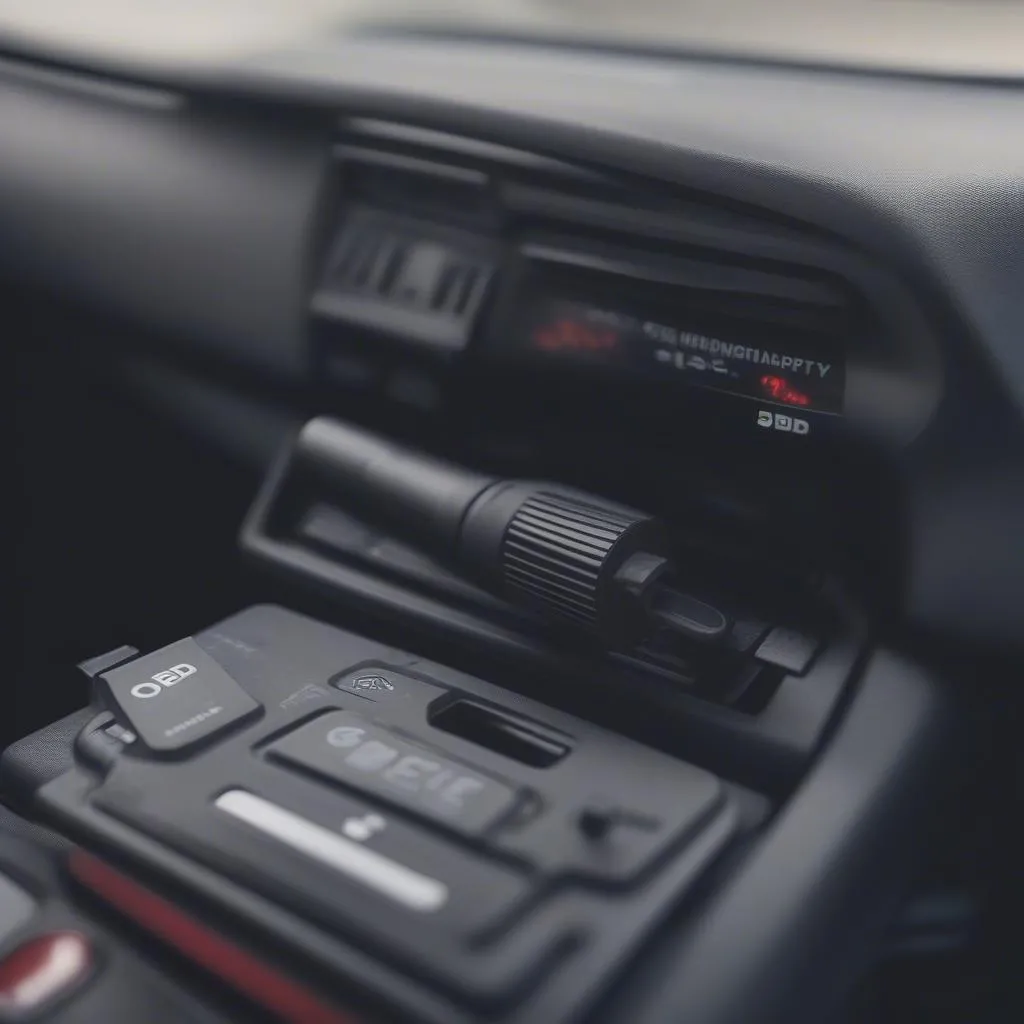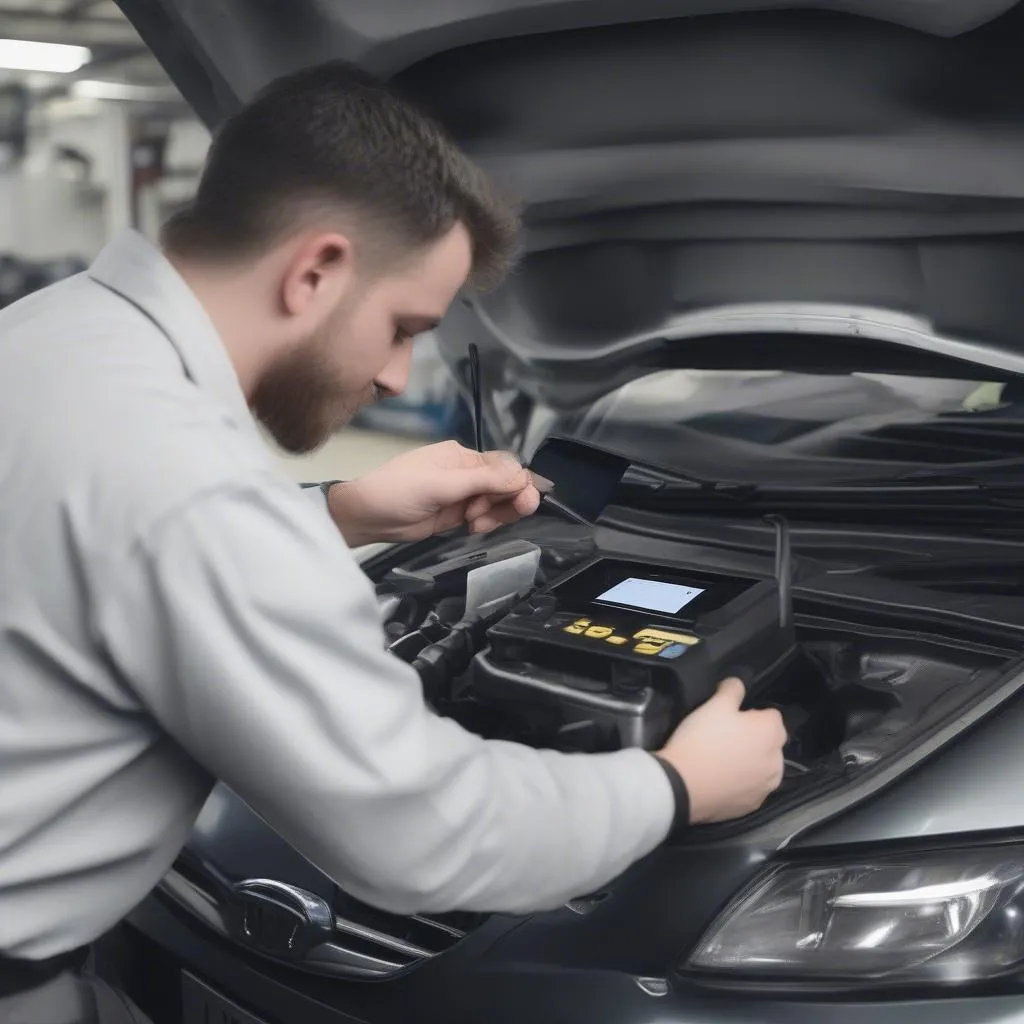Remember that time you were driving down the road, and your car’s engine light came on? You might have thought, “Ugh, now I have to take it to the mechanic and spend a fortune.” But what if I told you that you could potentially diagnose the problem yourself?
That’s where OBD (On-Board Diagnostics) comes in. It’s like a secret language your car speaks, and it can tell you exactly what’s wrong. But here’s the catch: there are two versions of OBD, and knowing which one your car uses is key to deciphering those diagnostic codes.
Understanding OBD and OBD2
So, what’s the difference between OBD and OBD2?
What Does OBD Mean?
OBD (On-Board Diagnostics) is a system designed to monitor the performance of a vehicle’s emissions system. It’s basically your car’s self-diagnostic system.
Think of it as a built-in doctor for your car. It runs tests on important components like the engine, emissions system, and transmission. If it detects any issues, it’ll store a code that you can then use to understand the problem.
What is OBD2?
OBD2 (On-Board Diagnostics II) is a standardized version of OBD that was introduced in 1996. It’s required for all cars and light trucks sold in the US since then.
OBD2 improved upon the original OBD system by:
- Standardization: All vehicles using OBD2 have the same connector and data format, making it easier for mechanics and even DIY enthusiasts to access diagnostic information.
- More Extensive Monitoring: OBD2 monitors a wider range of components, including the fuel system, engine management, and even the air conditioning.
- Easier Access to Data: The data format for OBD2 is simpler and more accessible, making it easier to read and understand.
Why Does It Matter If My Car Is OBD or OBD2?
Knowing whether your car is OBD or OBD2 is important for several reasons:
-
Troubleshooting: Using a diagnostic scanner or reader, you can access error codes stored in your car’s computer. This can give you valuable insight into what’s causing problems and allow you to address them before they become major issues.
-
Emissions Testing: OBD2 is crucial for emissions testing in many states. It helps ensure your car meets environmental standards.
-
Repair Cost: If you’re considering doing some repairs yourself, knowing whether your car has OBD or OBD2 will help you choose the right tools and resources.
How to Find Out if Your Car is OBD or OBD2
Here’s how to determine if your car is OBD or OBD2:
-
Check the Year of Manufacture: If your car was made before 1996, it’s likely OBD. If it was made after 1996, it’s likely OBD2.
-
Look for the OBD2 Connector: The OBD2 connector is typically located under the dashboard, near the steering column. It looks like a 16-pin socket. If your car has this connector, then it’s OBD2.
-
Consult Your Owner’s Manual: Your owner’s manual should provide information on your vehicle’s diagnostic system, including whether it’s OBD or OBD2.
Where is the OBD2 Connector Located?
The OBD2 connector is typically located under the dashboard, near the steering column. It can also be found in other locations, depending on the make and model of your vehicle.
Here are some tips to find the OBD2 connector:
- Look under the dashboard, near the steering wheel.
- Check the area around the driver’s side footwell.
- Look in the glove compartment.
- Consult your owner’s manual for the exact location.
 obd2 connector location
obd2 connector location
What to Do If You Can’t Find Your OBD2 Connector
If you’ve searched high and low and can’t find the OBD2 connector, it’s a good idea to consult with a mechanic or a certified repair shop. They can help you locate the connector and explain how to use it properly.
Using an OBD2 Scanner
Once you’ve located the OBD2 connector, you can use an OBD2 scanner to read the diagnostic codes stored in your car’s computer.
OBD2 scanners can range from basic devices that simply read codes to more advanced tools that can provide real-time data and even help you reset the engine light.
 obd2 scanner reading codes
obd2 scanner reading codes
Here are some popular OBD2 scanners:
- CACAGOO OBD2 Scanner: Link to CACAGOO OBD2 Scanner article
- Haynes TechBook OBD2 Scanner: Link to Haynes TechBook OBD2 Scanner article
Remember: Using an OBD2 scanner can be a great way to save money on car repairs. But, it’s important to use a reputable scanner and to interpret the codes correctly.
Common Questions About OBD and OBD2
Here are some common questions about OBD and OBD2:
-
Does my 2008 Passat have OBD2? Yes, all vehicles made after 1996 in the US are required to have OBD2.
-
Can I read OBD2 codes myself? Yes, you can use an OBD2 scanner to read the diagnostic codes stored in your car’s computer.
-
What are the different types of OBD2 codes? OBD2 codes are categorized into two types: Powertrain codes (P-codes) and Non-Powertrain codes (B, C, and U codes). P-codes refer to issues related to the engine, transmission, and emissions system, while the others relate to other systems like the body control module, ABS, and airbag system.
-
How do I reset the check engine light? You can reset the check engine light after you’ve addressed the issue by using an OBD2 scanner.
-
Where can I get help with OBD2 issues? You can consult your owner’s manual, visit a certified mechanic, or search for information online.
Want to Learn More?
If you’re interested in learning more about OBD and OBD2, there are many resources available online. You can also consult with a mechanic or a certified repair shop.
Do you have any other questions about OBD or OBD2? Leave a comment below and we’ll be happy to help.
Ready to Take Control of Your Car’s Diagnostics?
Contact us on Whatsapp: +84767531508 to learn more about getting started with our specialized diagnostics tools and getting help from our 24/7 automotive experts.
Take Charge, Be Informed, and Keep Your Car Running Smoothly!